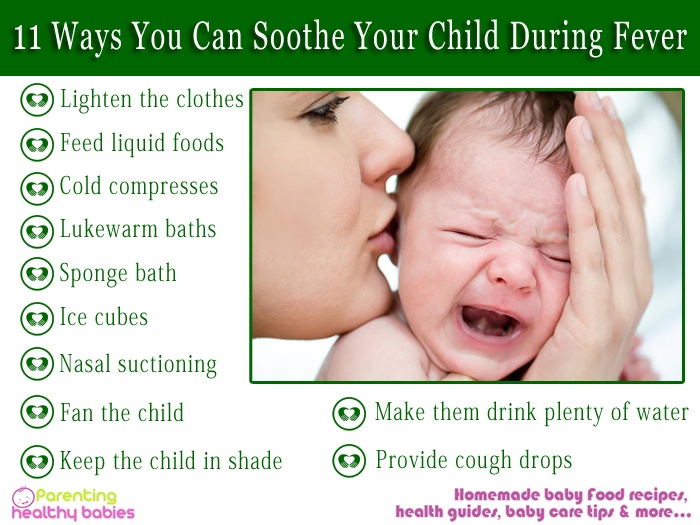Children are always curious and put everything in the mouth which can lead to pica disorder. Pica is an eating disorder in which a child eats non-edible substances quite often. This disorder can cause serious health problems both physical and emotional. It is thus important to prevent or alleviate pica as soon as possible. There are multiple causes that cause this behavior and related to the culture-bound syndrome, although the development of pica is mostly due to a deficiency in minerals, and vitamins or mental health issues.
What is Pica Disorder?
The eating disorder when a child consumes non-food items on a frequent or regular basis is known as pica. Eating sand is a classic example of this disorder. Non-food items can be like dirt, sand, paper, paint, chalk, hair, wood, and more. Pica eating disorder in children leads to problems in the digestive system and delays in development. As this condition continues to persist for a longer duration it can cause harm to the child and development.
Causes of Pica Disorder
- Taste acquired for the specific item
- Deficiency in minerals such as zinc or iron
- A disorder that is known as OCD or obsessive-compulsive habit
- Imbalance of the brain chemicals
- Injury in the brain
- For the purpose of seeking attention
- Maternal neglect or deprivation
Symptoms of Pica Disorder
- Repetitiveness and regularity of consuming non-food substances
- Eating non-food substances constantly for more than a month
Diagnosis of Pica Disorder
There is no specific test to diagnose so, the doctor diagnoses it based on several factors including medical history. It is important to be honest with the doctor regarding the non-food items being eaten by the child and the period it has been happening. If this habit persists for more than a month, it is highly probable that it is indeed a pica disorder. Then, it is wise to curb the disorder before its full-fledged development as it could lead to health complications. Doctors perform a blood test to check for iron and zinc levels as the deficiency can lead to pica. Therefore, schedule a routine check-up for doctors to detect malnutrition is highly recommended.
Complications of Pica disorder
- Lead toxicity causing hematologic, renal, cardiovascular, endocrine, and neurological defects
- Complications in the gastrointestinal tract including mild ones like constipation to extreme and harmful ones like hemorrhage
- Nutritional deficiencies particularly zinc and iron deficiencies
- Dental problems like chipped and cracked teeth
Treatment of Pica Disorder
- Mineral and vitamin supplements
- Therapy, medication, or both are prescribed by doctors when pica is caused due to mental health issue such as OCD
- Since neglect could be a cause for pica, it is advised to improve communication skills and increase communication with the child
- Create a special box that is filled with edible food that the child can opt from as opposed to the non-food item that the child reached for
- Avoid any negative actions such as strict punishments when the child displays such behavior and practice reinforcing actions that are positive when the child avoids pica behavior
Can Pica Disorder Be Prevented?
Spread awareness
Educate parents regarding various healthy eating habits and about the disorder itself
Pay attention to the diet
Give the child a healthy, balanced, and nutritional diet
Communication is the key
Effectively communicate with the child
Routine evaluation is a must
Opt for a routine check-up with the doctor to diagnose any health conditions that could signal pica disorder
Be healthy
Encourage the child to eat healthy food and practice restraint when reaching for non-food items
Know what to do
If mental health issues are diagnosed, seek effective treatment because neglecting it can cause the development of pica
Conclusion
Getting rid of pica can be quite easy in some cases while some cases may require professional help and advanced methods. It is very important to maintain patience throughout this process. Be positive and encouraging towards the child for any treatment to be effective.
References –













